Joan Galloway is sharing the most recent phase of her gardening life with us today.
I gardened for 30 years in British Columbia’s Pacific Northwest region near Vancouver. It is Zone 7b with rich acidic soil, lots of rain, and a huge variety of plants to choose from that will thrive. When we retired five years ago, we fulfilled a lifelong dream and bought a 2-acre piece of property and built a house on beautiful Sheridan Lake in the Cariboo area of north-central BC. It’s about 300 miles northeast of Vancouver and is at 3600 feet in elevation. It’s rolling country of grasslands, many lakes, an amazing population of wildflowers, and forests of quaking aspen, spruce, lodgepole pine, and Douglas fir. Gardening here is a totally different experience. It’s Zone 3b (winter temperatures to –40F); the soil is heavy, alkaline clay that bakes to cement in the hot dry summers; wildfires are a threat; and it is populated by voracious deer that have never read the lists of deer-resistant plants.
Needless to say, I have had to learn a totally different way of gardening. I have learned that some natives and the old tried-and-true varieties of garden plants fare the best. Fancy hybrids often struggle and eventually give up the ghost. Some natives become aggressive thugs when planted in amended soil with added moisture. Many supposedly hardy deciduous shrubs die to the ground every winter and then straggle back to only about 8 inches of pathetic life the following summer. Lilacs, supposedly toxic to deer, have been eaten down to sticks and are now protected by wire mesh. Peonies, featured on every list of deer-resistant plants, have had every flower bud bitten off in spring; by July all the leaves are gone, leaving only a few ragged stems. I finally took them out. I’ve learned that while many deer-resistant plants taste bad and so are left alone, their flower buds are still tasty and get delicately nipped off just as they are ready to open. I’ve also learned that fawns will try anything at least once.
Nevertheless, plants that do like the conditions here grow vigorously in the long hours of summer daylight, and my garden is slowly taking shape. Plants that thrive get divided and spread around to replace the casualties. I like lots of color and interesting color combinations. I love trying new or unusual plants. I try to have something blooming throughout the season, from spring bulbs that bloom before the snow is totally gone in late April to late summer flowers like asters, rudbeckia, and ornamental grasses that bloom until the snow flies again in October.
This bed borders the driveway. The golden elderberry (Sambucus racemosa ‘Lemony Lace’, Zones 3–7) has grown vigorously and stands out like a beacon against the dark background of spruce and Douglas fir. The Monarda ‘Gardenview Scarlet’ (Zones 4–9), beloved by hummingbirds, is mildew free in this dry, breezy climate, and its strong-smelling foliage keeps the deer away. Also seen are Achillea ‘Paprika’ (Zones 3–8), Potentilla ‘Lemon Meringue’ (Zones 2–6), emerging Rudbeckia ‘Goldsturm’ (Zones 3–9), the foliage of Siberian iris (Iris siberica, Zones 3–8), and a dwarf mugo pine (Pinus mugo, Zones 2–7).
Also in that bed, Berberis thunbergii ‘Sunsation’ (Zones 4–8) echoes the elderberry. Seen with them is Asclepius tuberosa (Zones 5–9), Echinops ‘Veitch’s Blue’ (Zones 3–8), some fall asters, and one of this year’s newly planted experiments—Hibiscus moscheutos ‘Dark Mystery’ (Zones 5–9).
In front of the house to the west, this bed slopes down from the deck to the lawn and waterfront beyond. Rozanne geranium (Geranium ‘Gerwat’, Zones 5–8) thrives here, as well as Achillea ‘New Vintage Red’ (Zones 3–8), Spiraea ‘Goldmound’ (Zones 3–8), Solidago canadensis (Zones 3–8, a noninvasive native), Kalimeris incisa ‘Alba’ (Zones 5–9), and the ferny foliage of Pulsatilla vulgaris (Zones 4–8).
To the east in front, the Rozanne geranium and Solidago are repeated. Potentilla fruticosa ‘Pink Beauty’ blooms all summer and is accompanied by Sidalcea ‘Candy Girl’ (Zones 4–7), ‘Gold Cone’ juniper (Juniperus communis ‘Gold Cone’, Zones 2–6), Coreopsis ‘Zagreb’ (Zones 3–9), and Allium senescens (Zones 3–8). The wire mesh is protecting a newly planted dwarf blueberry, Vaccinium myrtillus ‘Top Hat’ (Zones 3–7).
Echinops ‘Veitch’s Blue’ stands out against the Rudbeckia and the softer yellow of Potentilla ‘Lemon Meringue’.
A combination of Berberis thunbergii ‘Rose Glow’, Achillea ‘Paprika’, Helenium ‘Sahin’s Early Flowerer’ (Zones 3–8), and Shasta daisies (Leucanthemum × superbum, Zones 5–9) is backed by the foliage of Salix lantana ‘Stuartii’ (Zones 3–5), Centaurea montana (Zones 3–8, so far well-behaved), Amsonia hubrichtii (Zones 5–8), a purple-flowered Veronicastrum virginicum (Zones 3–8), and Calamagrostis × acutiflora ‘El Dorado’ (Zones 3–9).
Despite its rather delicate-appearing lacy foliage, Coreopsis ‘Zagreb’ has never been munched, and it seems much hardier than ‘Moonbeam’. It is seen here with Perovskia ‘Little Spire’ (Zones 4–9), fading Shasta daisies, and ‘Pink Beauty’ again.
More bee balm stands in front of a weeping caragana (Caragana arborescens ‘Pendula’, Zones 2–7), with lady’s mantle (Alchemilla mollis, Zones 3–8) and Berberis thunbergii ‘Rose Glow’.
The flowers of Potentilla ‘Pink Beauty’
Potentilla ‘Lemon Meringue’ has lovely double flowers that are a much softer shade than that of most of the more strident yellow potentillas. Potentillas are much maligned as “gas station shrubs” at the coast, but they look lovely in the cariboo landscape, are carefree, and are completely deer-proof.
Hoary skullcap (Scutellaria incana, Zones 4–9) is a tough prairie native that has a long season of bloom, and the deer have never touched it.
Picea pungens ‘St. Mary’s Broom’ (Zones 2–7) is an adorable little puffball of a conifer that was propagated from a witch’s broom on a Colorado blue spruce.
Larix leptolepsis ‘Haverbeck’ (Zones 4–7) is a dwarf Japanese larch that will grow into a mound only 1 meter tall in 10 years and displays the same beautiful gold fall foliage of all deciduous larches.
Deer find most annuals and vegetables irresistible, so my only annuals are these Calibrachoa in hanging baskets that are too high for deer to reach. I plant my veggies in raised Vegepods on my deck, which have mesh covers that can be lowered to keep garden raiders out at night.
Have a garden you’d like to share?
Have photos to share? We’d love to see your garden, a particular collection of plants you love, or a wonderful garden you had the chance to visit!
To submit, send 5-10 photos to gpod@taunton.com along with some information about the plants in the pictures and where you took the photos. We’d love to hear where you are located, how long you’ve been gardening, successes you are proud of, failures you learned from, hopes for the future, favorite plants, or funny stories from your garden.
Have a mobile phone? Tag your photos on Facebook, Instagram or Twitter with #FineGardening!
Do you receive the GPOD by email yet? Sign up here.
Fine Gardening Recommended Products
Corona® Multi-Purpose Metal Mini Garden Shovel
Fine Gardening receives a commission for items purchased through links on this site, including Amazon Associates and other affiliate advertising programs.
Longer Service Life: The blade of this round small shovel is made of carbon steel, which can effectively improve the hardness by high temperature quenching, and the surface has anti-rust coating to avoid rusting. In the process of use when encountering hard objects will not bend and deformation.
Sturdy Structure: The small garden shovel with D-handle, ergonomically designed grip can increase the grip of the hand when using, the handle is made of strong fiberglass, will not bend and break under heavy pressure. Quick Digging: Well-made digging shovel has a sharp blade, and the round shovel head is designed to easily penetrate the soil and cut quickly while digging to enhance your work efficiency.
The Crevice Garden: How to make the perfect home for plants from rocky places
Fine Gardening receives a commission for items purchased through links on this site, including Amazon Associates and other affiliate advertising programs.
A crevice garden replicates the environmental conditions of mountain tops, deserts, coastlines, and other exposed or rocky places on earth. These striking garden features provide perfect conditions for the plants native to these far-off places, bringing the cultivation of these precious gems within everybody’s reach.
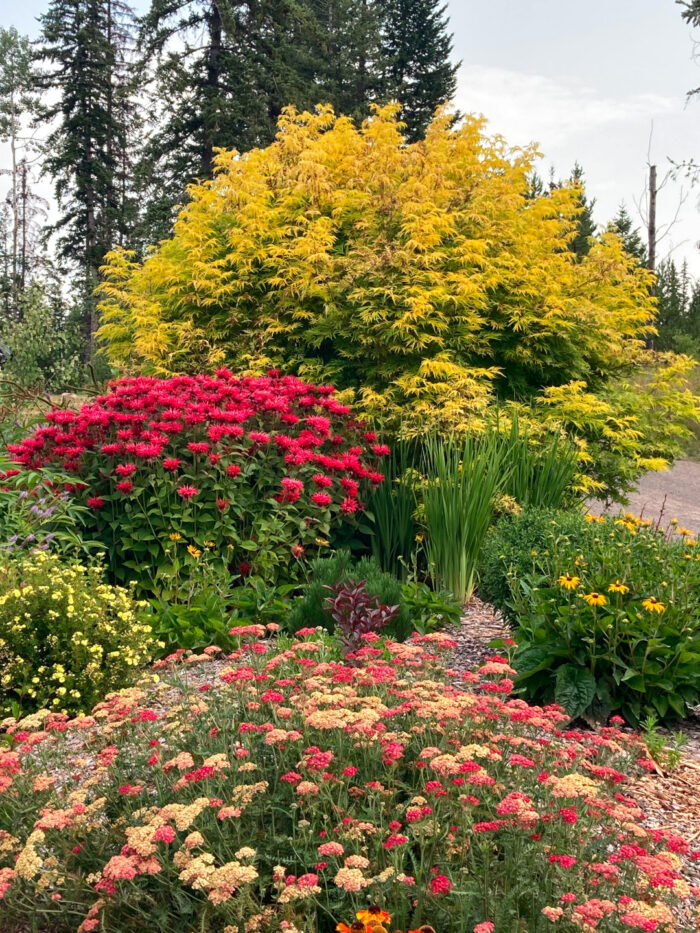
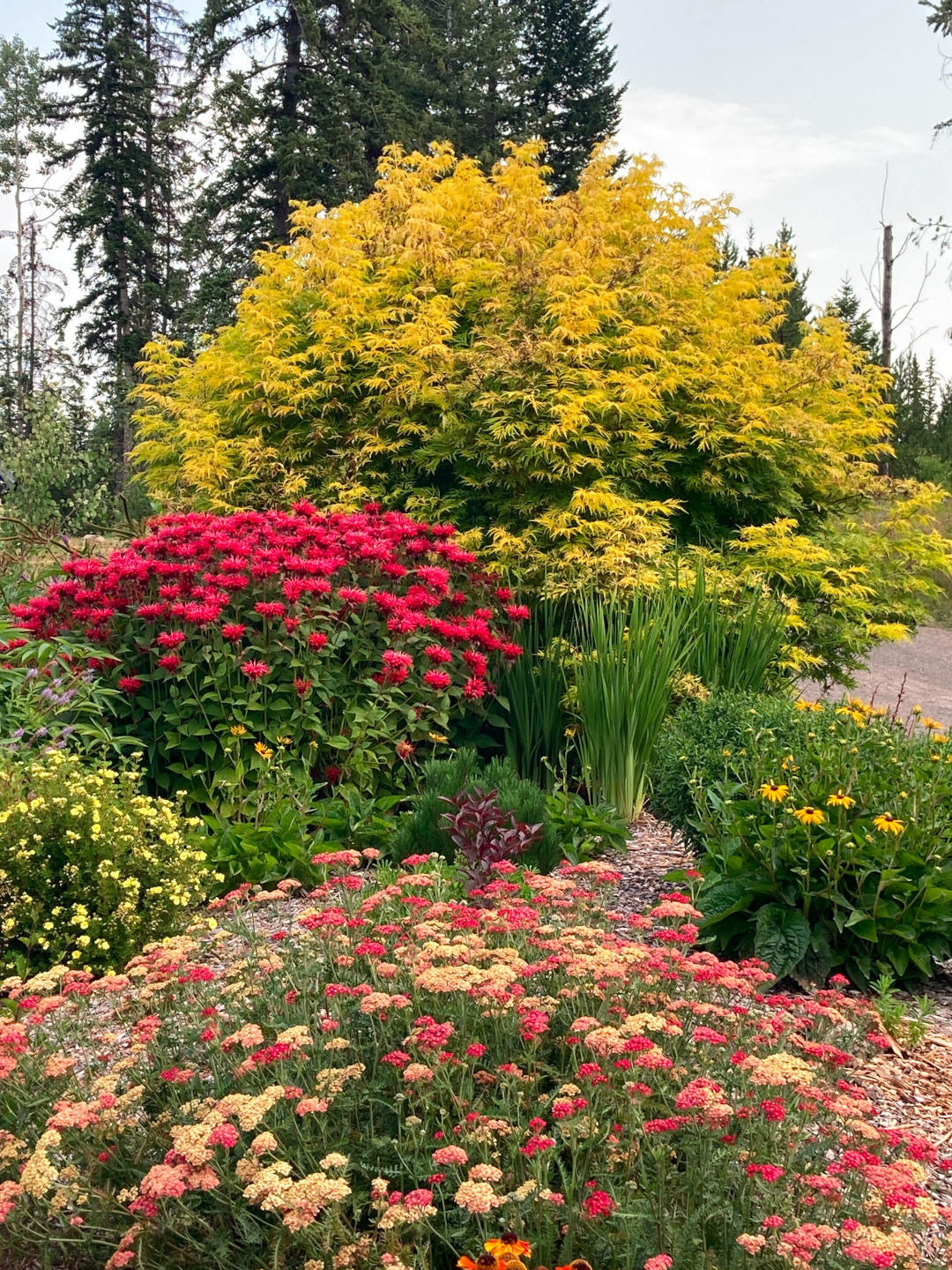
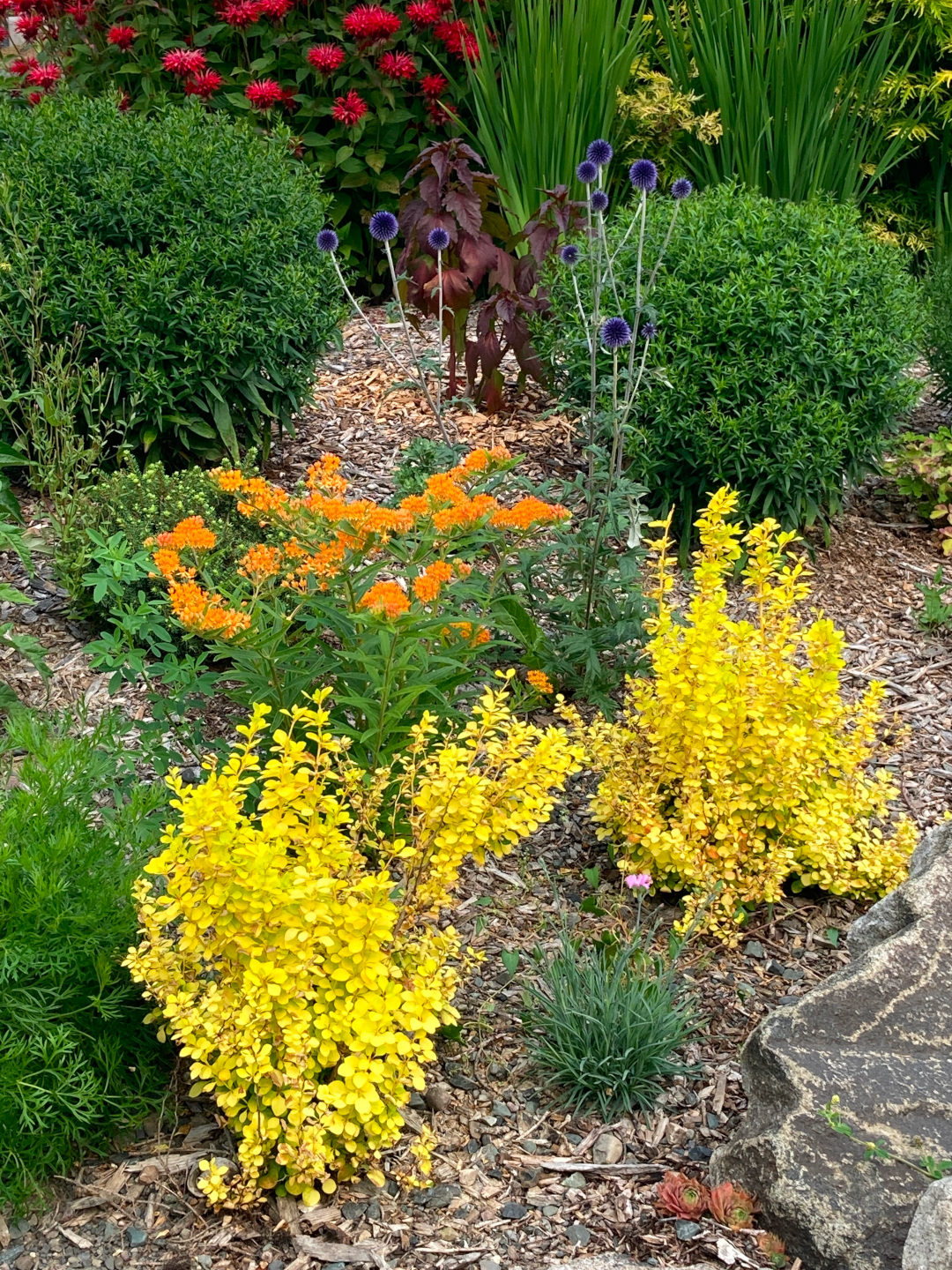
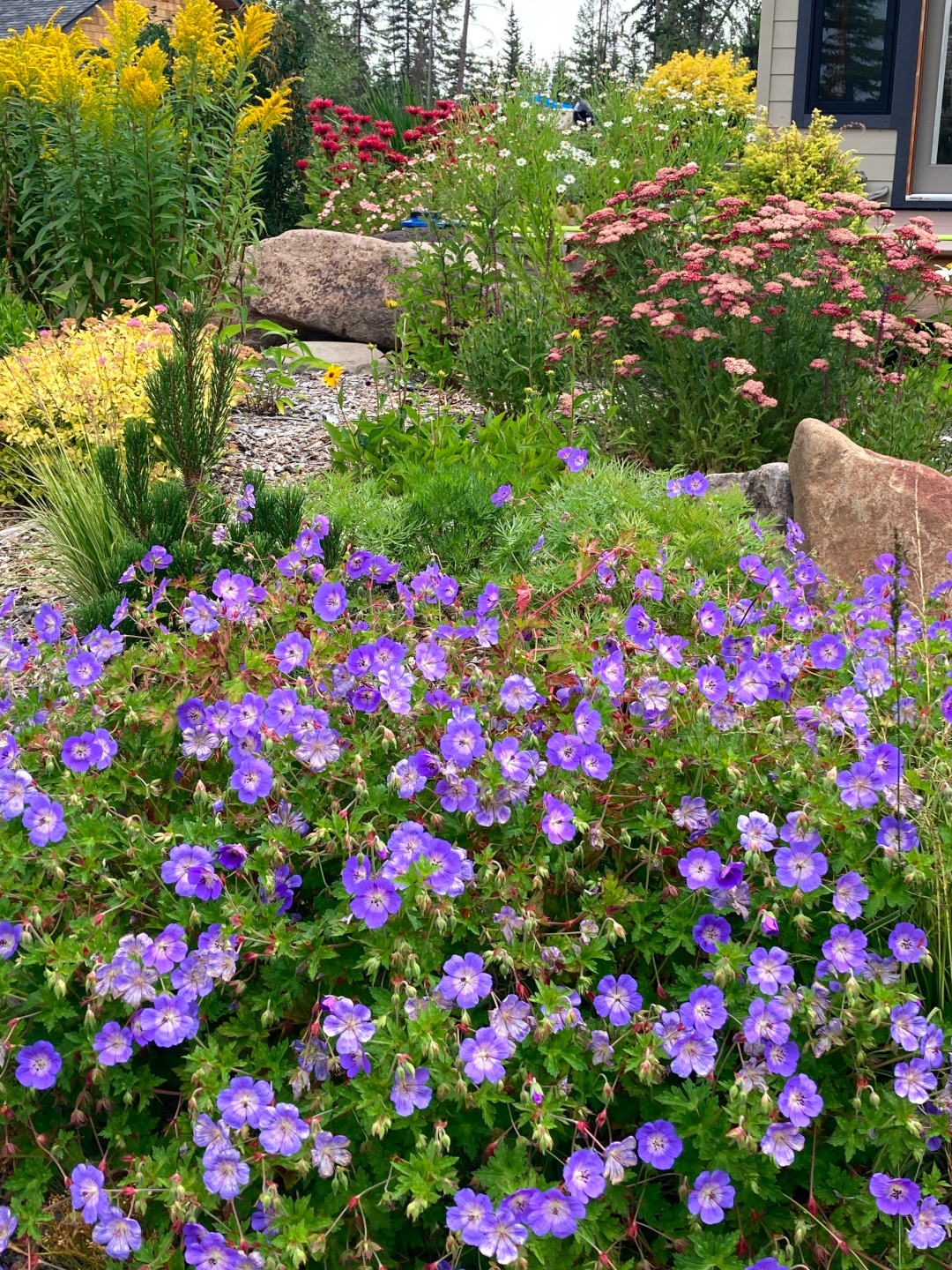
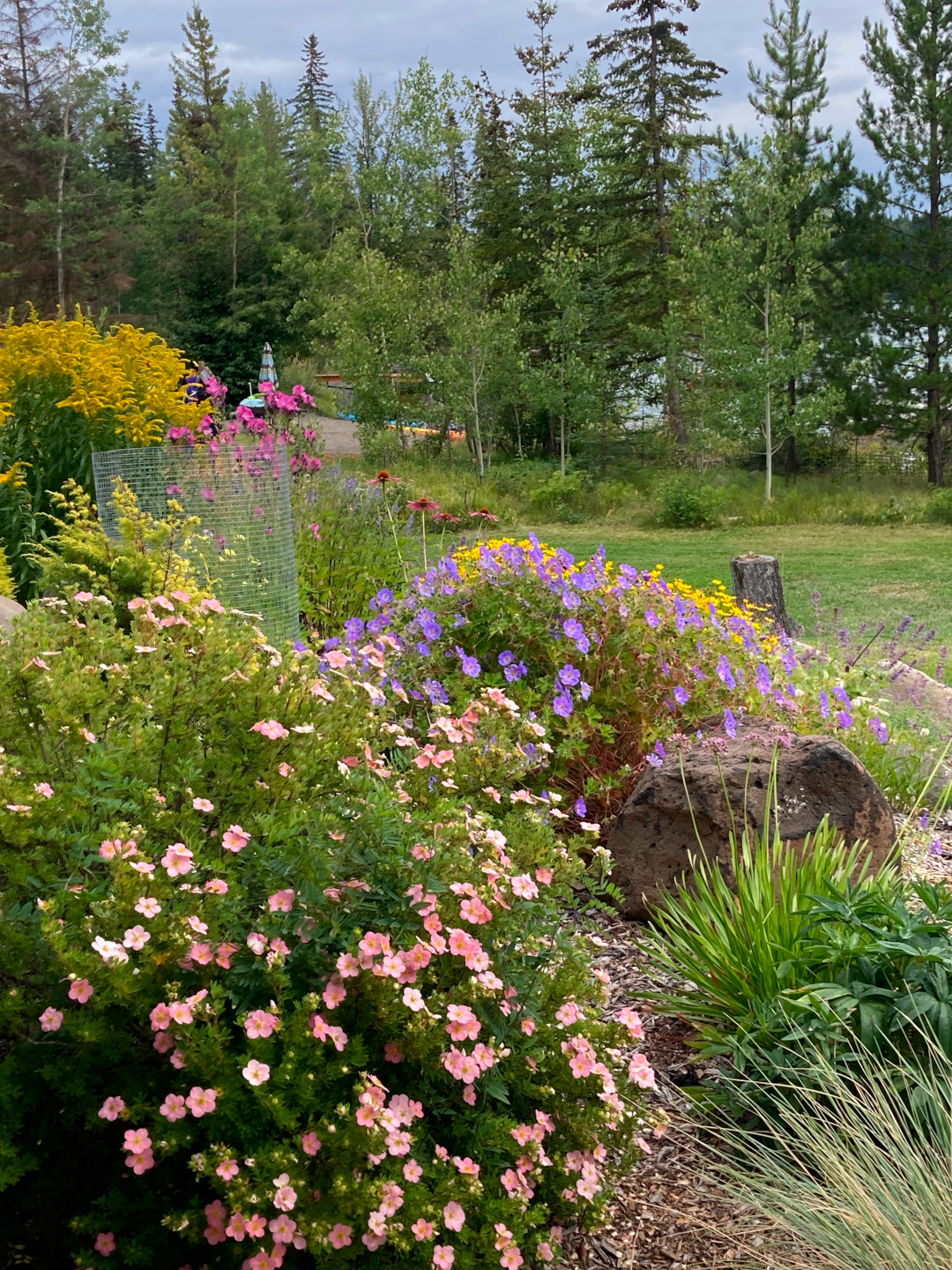
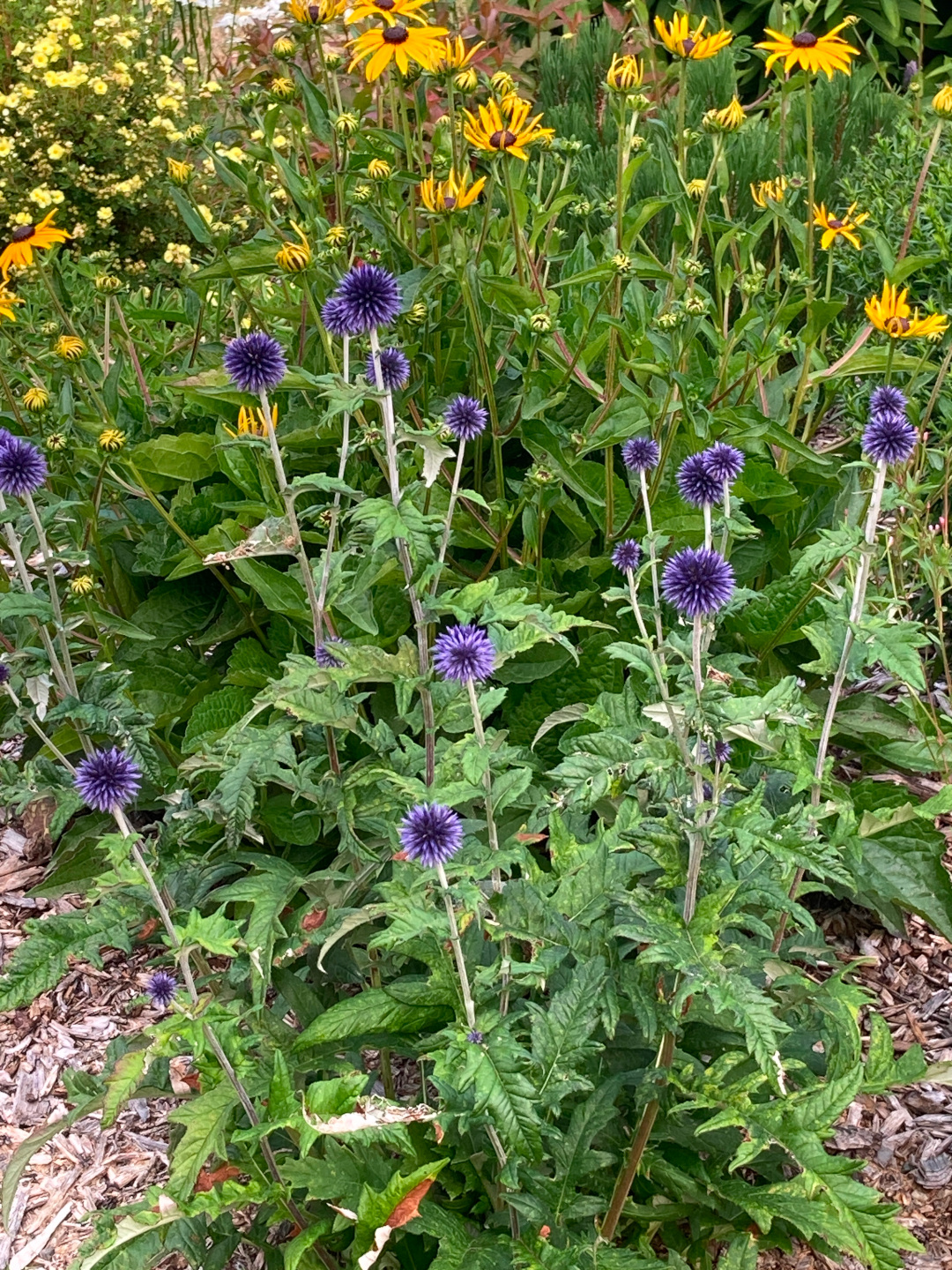
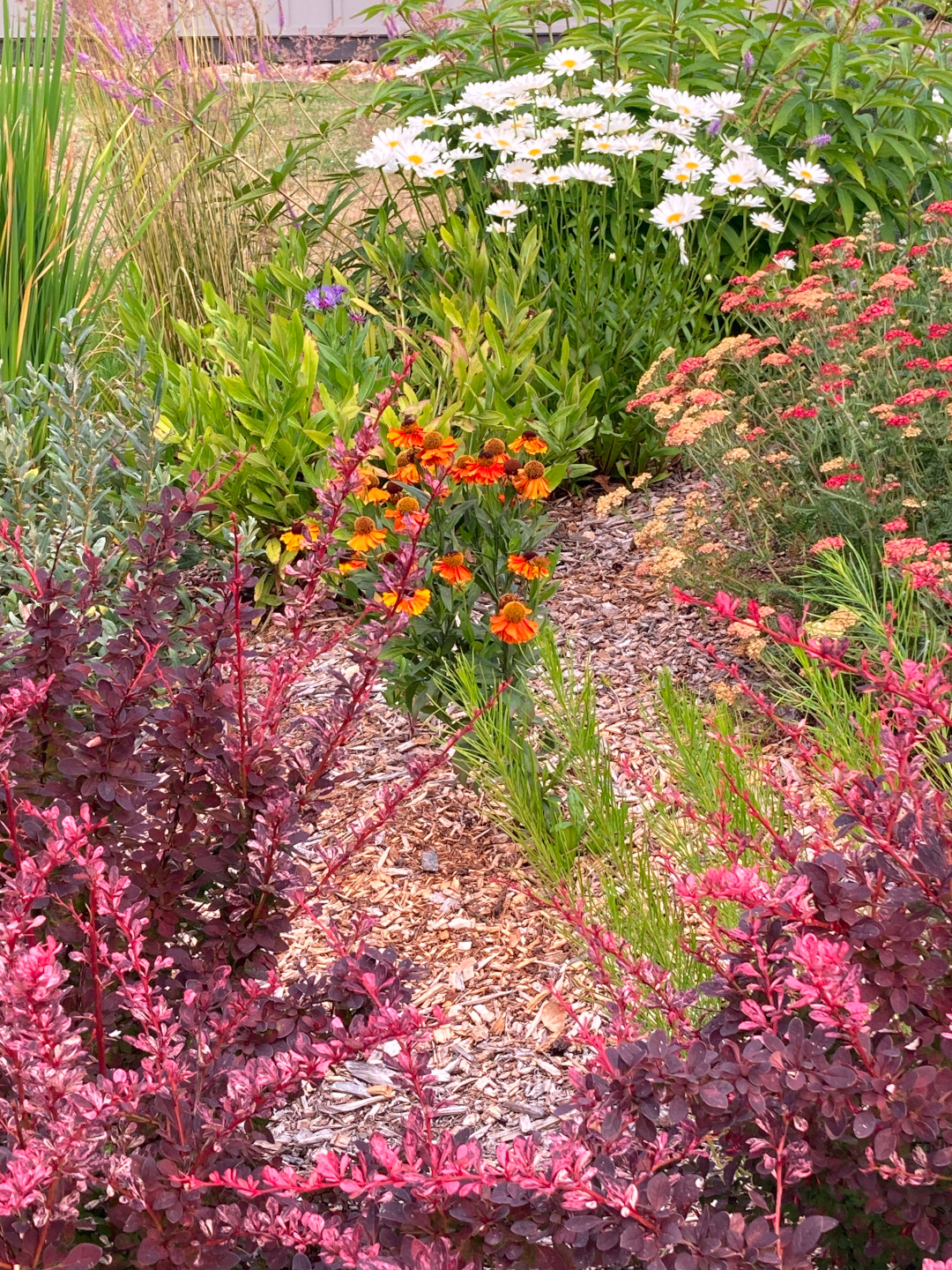
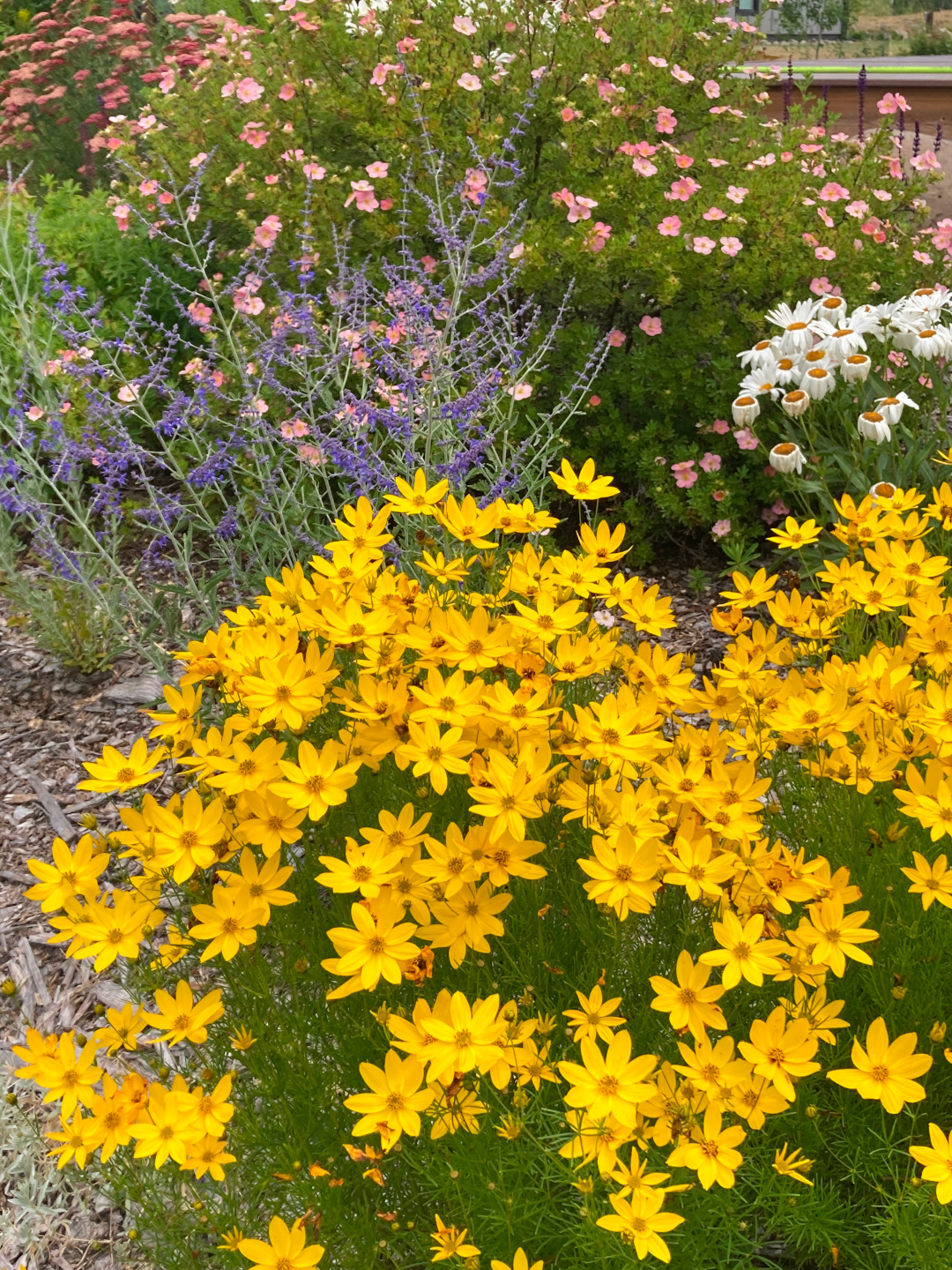
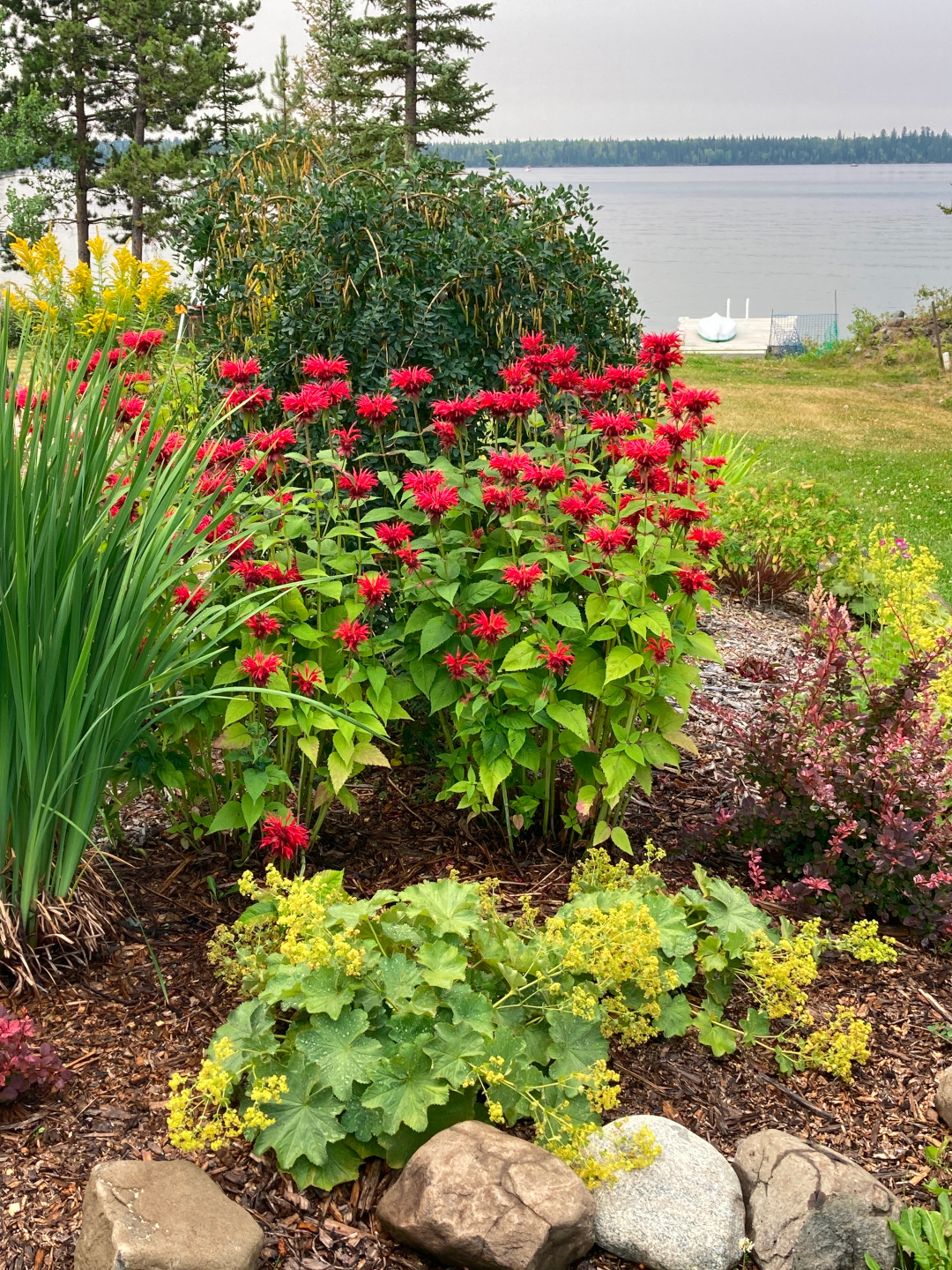

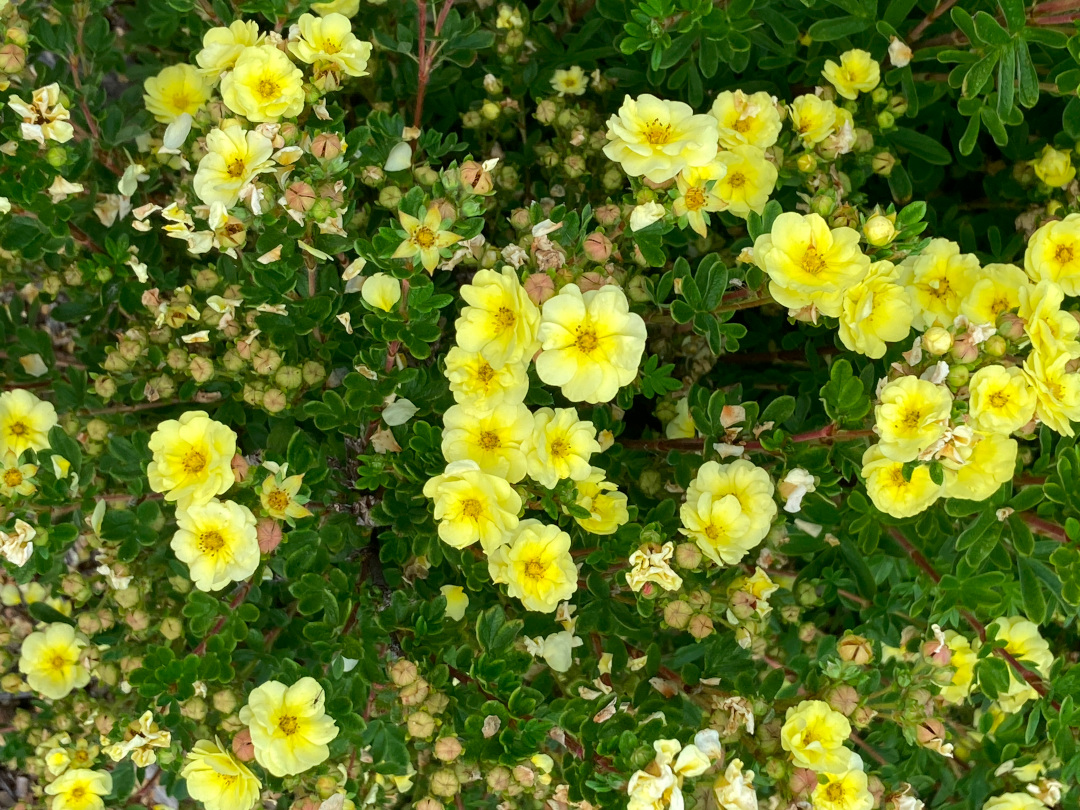
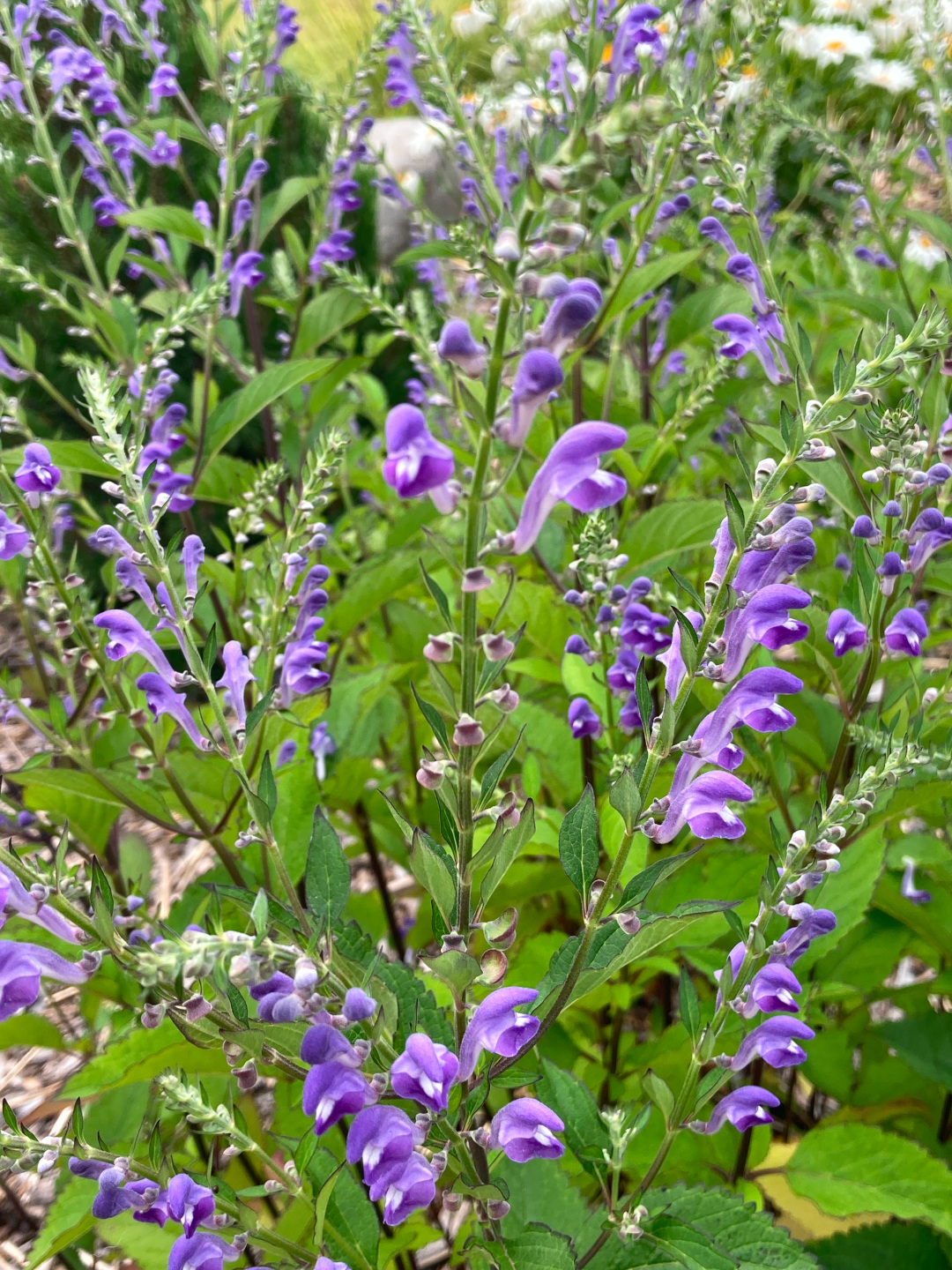
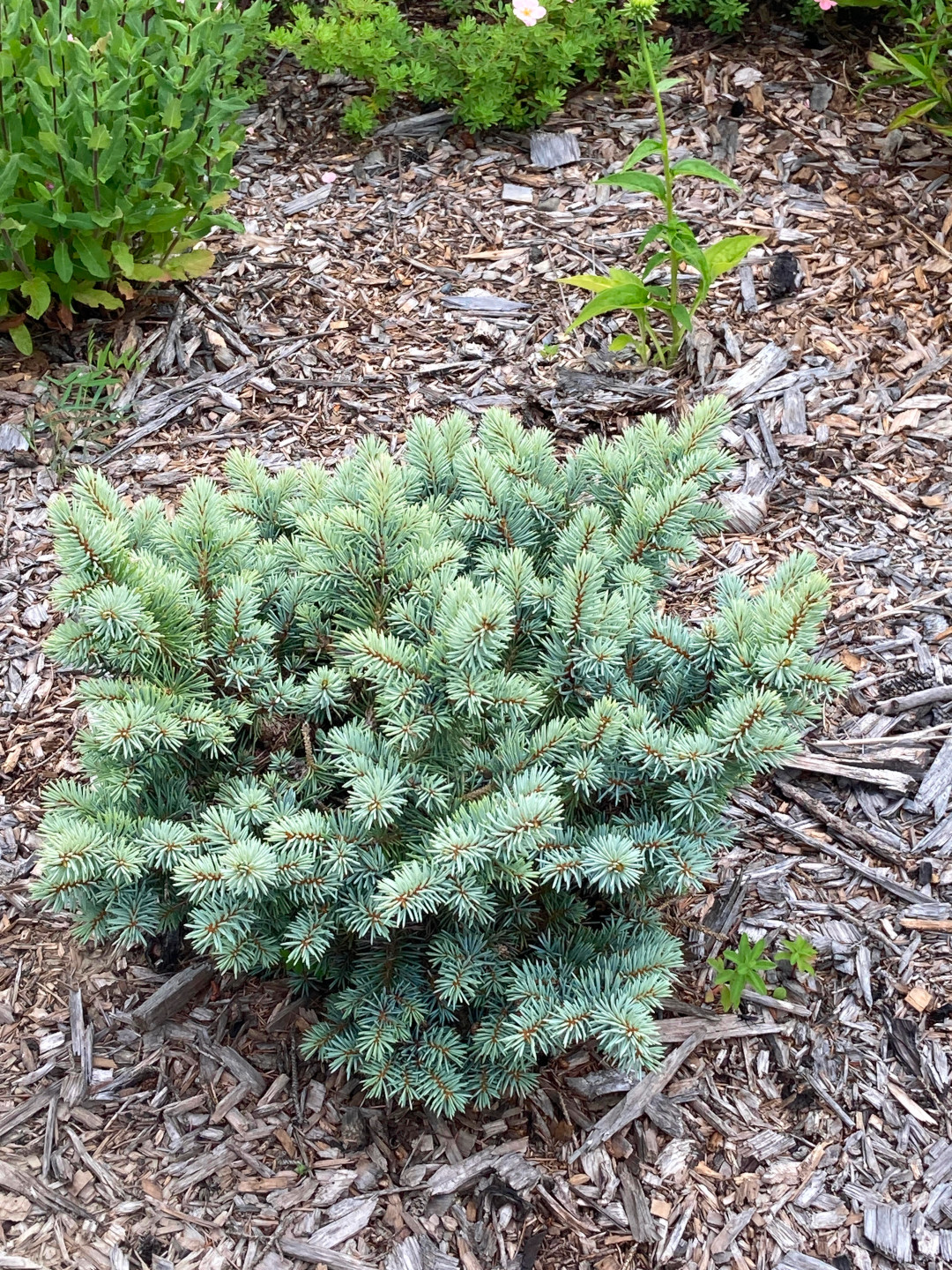
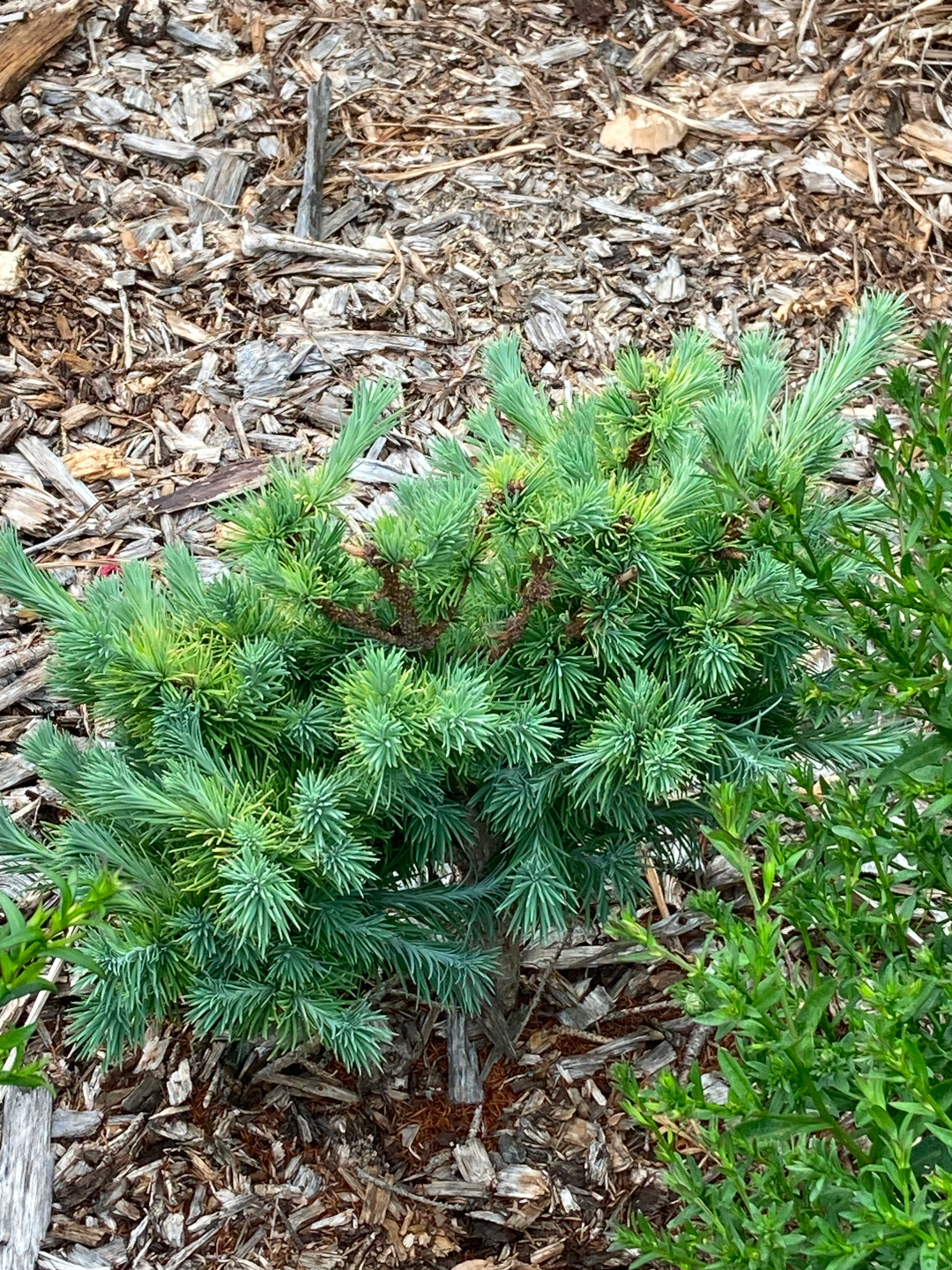
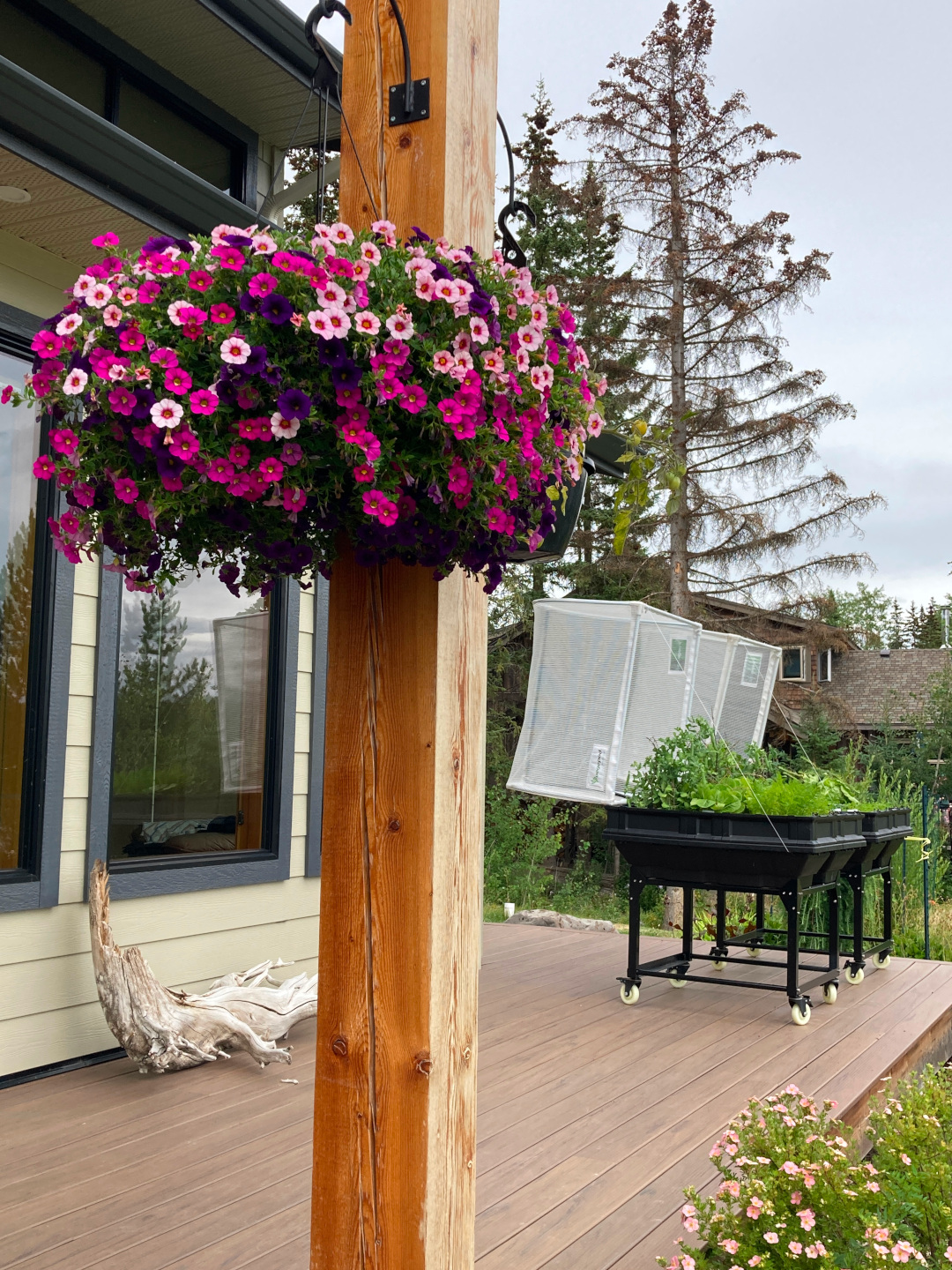




















Comments
Wow that is so gorgeous.....I love more native and not complicated plants. I have also notices that fancy hybridized plants are more finicky....
Thank you! Native plants have been tricky. Some are horribly invasive given good soil and water. I tried transplanting some native wild roses that got dug up for the septic field. They went crazy, popping up everywhere and the deer still ate them. I have grown some native lupins from seeds I collected but so far no luck with the gorgeous native tiger lilies that grow all through the wild areas of my property.
What a beautiful setting you have created . . . and so quickly. Your plants all look so healthy and happy. I have a St. Mary's broom that is probably 10 years old that is now 3 feet across, but still very full and colorful.
Thank you. The Colorado blue spruce seem to be growing well - I planted 3 regular ones - though they sometimes get winter burn on their foliage. I've planted a lot of dwarf conifers. So far the most successful have been the pines and larches.
WOW! What an incredible job you have done. I loved the way you identified all the plants. Thank you. I totally enjoyed your post, and will save it to look at again.
I have to agree with all the comments. Looks beautiful. You have inspired me to consider some plants I shied away from. Very well done. I can't imagine living so far north but I'm sure the beauty outweighs the brutal winters.
You have inspired me to consider some plants I shied away from. Very well done. I can't imagine living so far north but I'm sure the beauty outweighs the brutal winters.
I just keep experimenting. I look at other gardens in the area and even the street plantings in the nearest town (100 Mile House). I divided a lot of perennials from my old garden before I moved and took them up to get started. There is only one plant nursery up here so I look to see what they carry. I have also found the old gardening books by Lois Hole (out of print but still available from used book sellers) encouraged me to try many plants that aren't labelled for my zone. She had a plant nursery in Edmonton, Alberta for many years.
That elderberry is beyond words beautiful!
The elderberry was a complete surprise. I planted a purple-leaved one as well - it promptly died. The yellow one exploded into growth. It is visible from all over the lake and stands out against the native Douglas Fir behind it. The Monarda keep the deer away on one side. On the other I place stakes made from wooden dowels which are soaked with Plantskydd. That and my big labrador dog seem to be the most effective deer repellants I have found.
Simply amazing! Thank You!
Bravo! What a beautiful garden, particularly against all those challenges!
Impressive!! All the colors and textures are wonderful. Inspiring. I'll save this for future reference. We are also in a 3 zone in MN.
Zone 3 is certainly tricky and I've found the zone ranges given for certain plants are not always reliable. I have lots of Zone 4 plants that have thrived. Some spring flowering plants survive nicely but the flower buds get frozen off every spring. Some Zone 3 plants (especially shrubs) pack it in with the first fall frost. If plants survive the first year they seem to be much tougher. I do keep my beds heavily mulched with wood chips - also keeps down the incredibly aggressive weeds that grow here.
Zone 3 is certainly tricky and I've found the zone ranges given for certain plants are not always reliable. I have lots of Zone 4 plants that have thrived. Some spring flowering plants survive nicely but the flower buds get frozen off every spring. If plants survive the first year they seem to be much tougher. I do keep my beds heavily mulched with wood chips - also keeps down the incredibly aggressive weeds that grow here.
Oh My Gosh!! I can't pick my favorite from any of these gorgeous photos and am green with gardening envy!!! That bed with the elderberry is spectacular - wow...
So beautiful! You've adapted well to your retirement and wasted no time adapting and creating a beautiful garden. It's truly amazing with its variety of plants, shapes and colors. I congratulate on a job well done !!!!
Thank you! Retirement just means more time to garden, right?
Very impressive flower beds! Gorgeous!
Log in or create an account to post a comment.
Sign up Log in